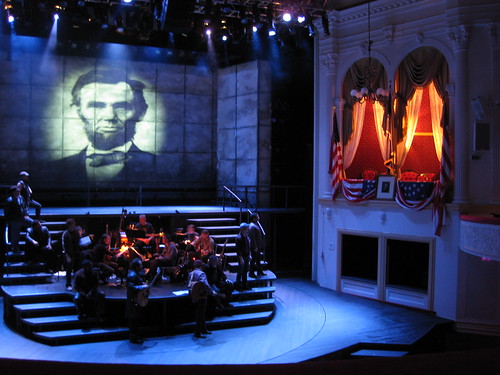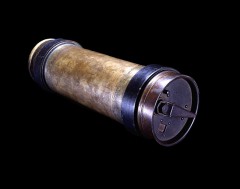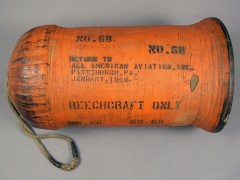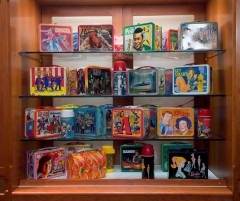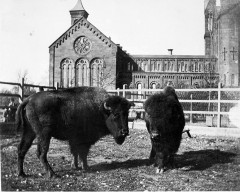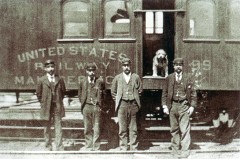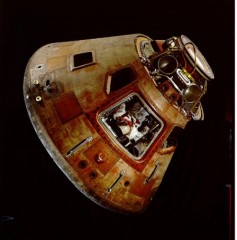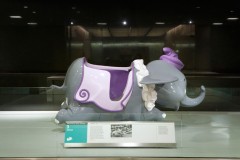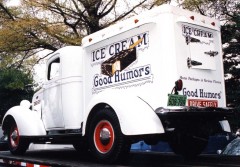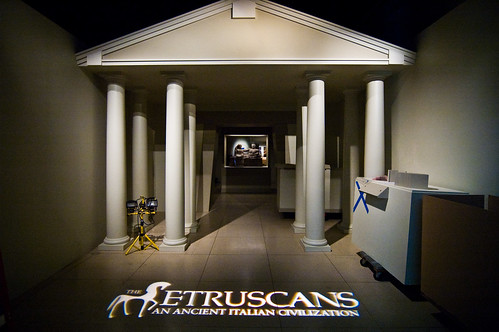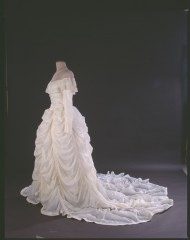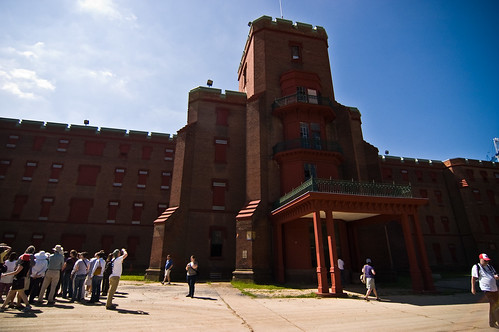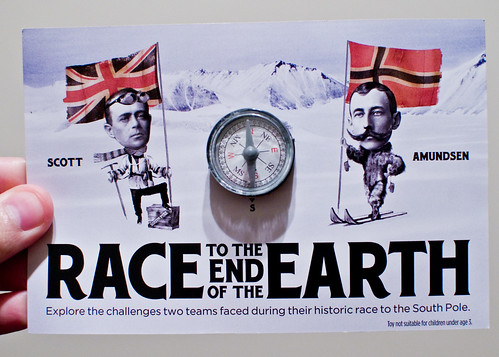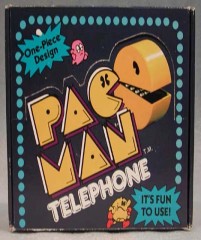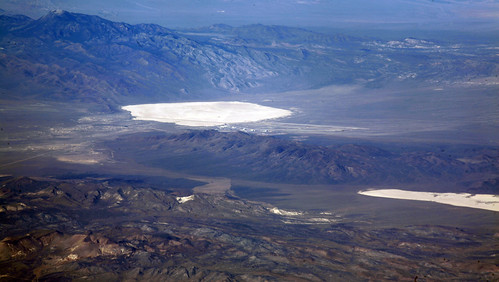
‘DSC_0027’
courtesy of ‘bhrome’
out of the earth / I sing for them
A Horse nation / I sing for them
out of the earth / I sing for them,
the animals / I sing for them.
~a song by the Teton Sioux
Emil Her Many Horses is, by first appearance, a quiet, unassuming gentleman. A museum specialist in the office of Museum Programs at the Smithsonian’s National Museum of the American Indian (NMAI), he is responsible for the facility’s latest exhibition “A Song for the Horse Nation.” A member of the Ogala Lakota nation of South Dakota, his expertise on the Northern and Southern Plains cultures is well served and seen in the exhibit that opens to the public tomorrow.
NMAI’s latest offering is a touching and brilliant display of how the horse has deeply impacted and affected Native cultures since their introduction to the Americas in the 17th century. “The exhibit tells the history of the horse; that they were here once before, migrated to Europe, and returned as the horse we know today,” explained Her Many Horses. “They changed Native culture. The horse had a major impact on hunting, warfare, travel, spirituality. These were big changes.” Changes that extend beyond the European vision of the animal.
Seen as a beast of burden, a tool, a weapon, the horse was brought and used by European explorers and colonists early in America’s “New World” history. And their introduction, according to many Natives, was probably one of the biggest positive changes brought about by the white man.
